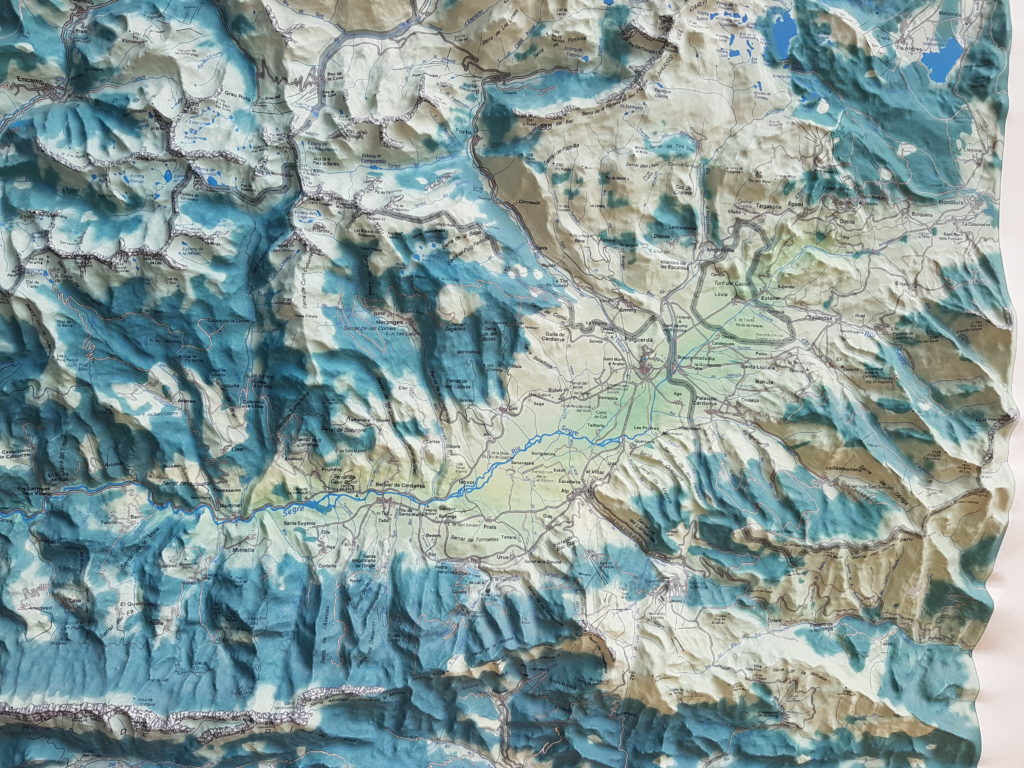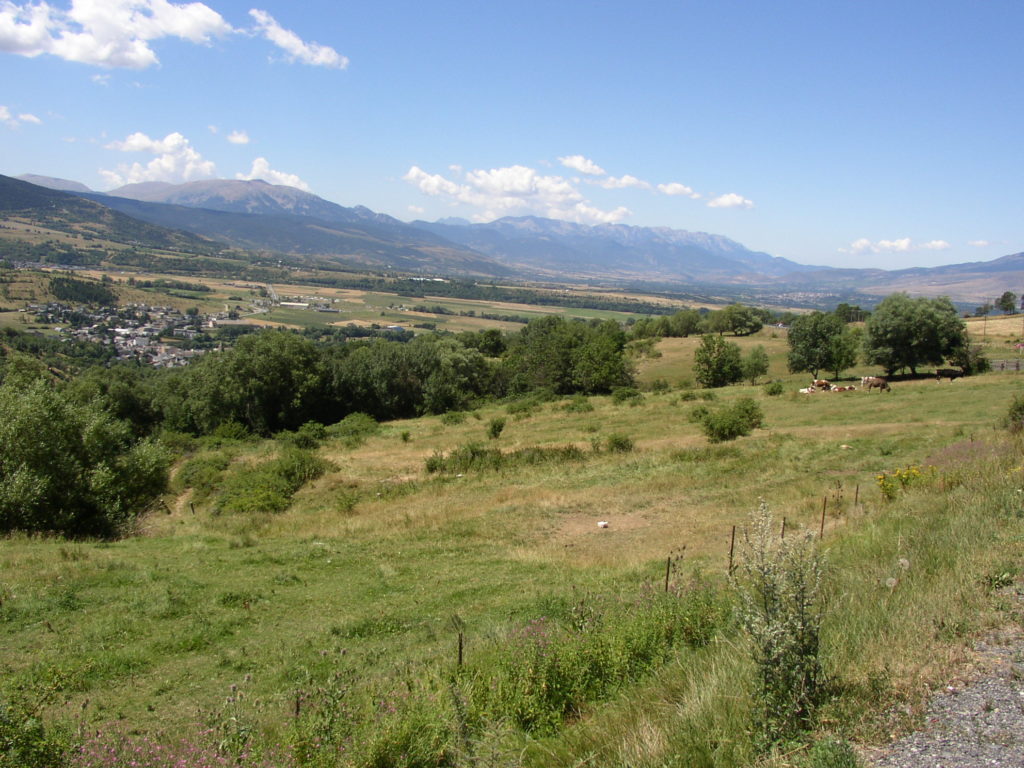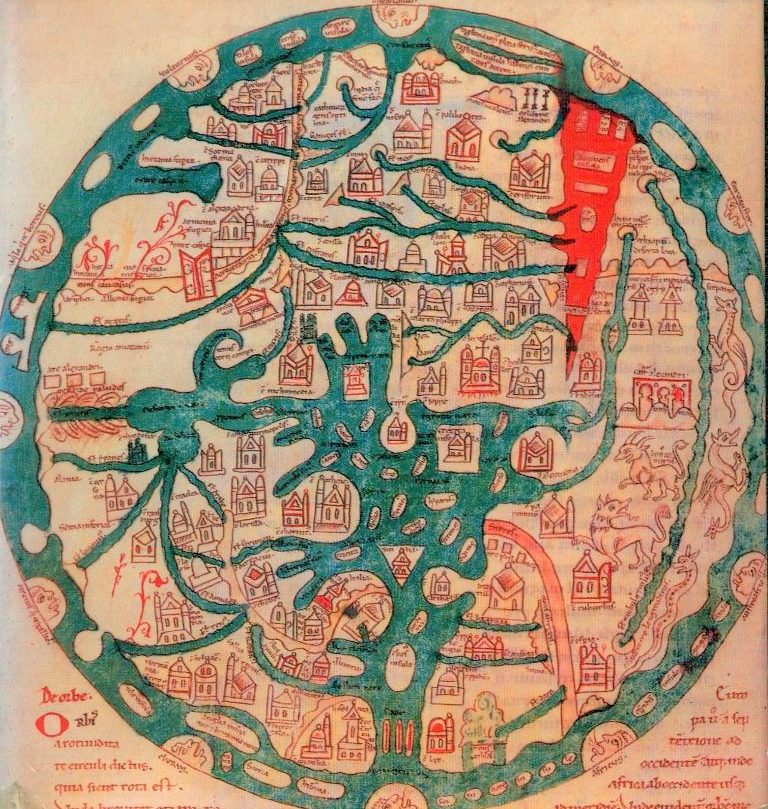After a shocking experience involving millions of people, we are inclined to believe that the world will never be the same. The Spanish flu (1918) killed more people than all military action in both World Wars together but had no significant effect on worldwide health care. These very wars, however, were decisive in the establishment of multilateral organizations like the United Nations, the World Health Organization, etc. The impact of a single massive crisis on human organization is difficult to predict, it rather seems to operate in interaction with other problems and solutions.


A simple example is how the plague helped to solve a border problem in the Pyrenees mountains (Peter Sahlins, 1989). Mountain summits appeared as the most ‘objective’ way to draw a boundary between states in the 17th century. But where several mountain ranges ran parallel (as in the Pyrenees) it was inevitable to jump from one mountain range to another in certain places, leaving an ambiguous task of drawing a boundary line across a valley as illustrated by the French/Spanish Cerdagne plateau. Even if the course of such a line could be arranged by diplomatic consultation, it was not yet clear how it should function. Particularly the military where confused. Since their fortresses were located high in the mountains, they were accustomed to considering the valley as a buffer zone, a no man’s land. Any military invasion of the valley, watched from their high observation post, had to be averted but further they had no business in the valley. Then a vision arose: a banal solution for us but at that time it was seized from a completely different area of experience: control of the plague.
From time to time the plague spread death and destruction, an experience that had yielded at least one insight: its geographical course. It usually came along the Mediterranean coast from Marseille and continued its westward course through the Pyrenees valleys. The practice had grown to erect a shed along the road halfway in the valley where armed watchmen would control all travellers arriving from the east. This example, or storyline, helped to see how a routine and permanent border check between countries could be put into practice.
In speculating on the long-term geopolitical effects of a material crisis (climate, pandemic) one should search for a storyline that makes the change logical and valuable.
Reference
Peter Sahlins, 1989, Boundaries: the Making of France and Spain in the Pyrenees.
